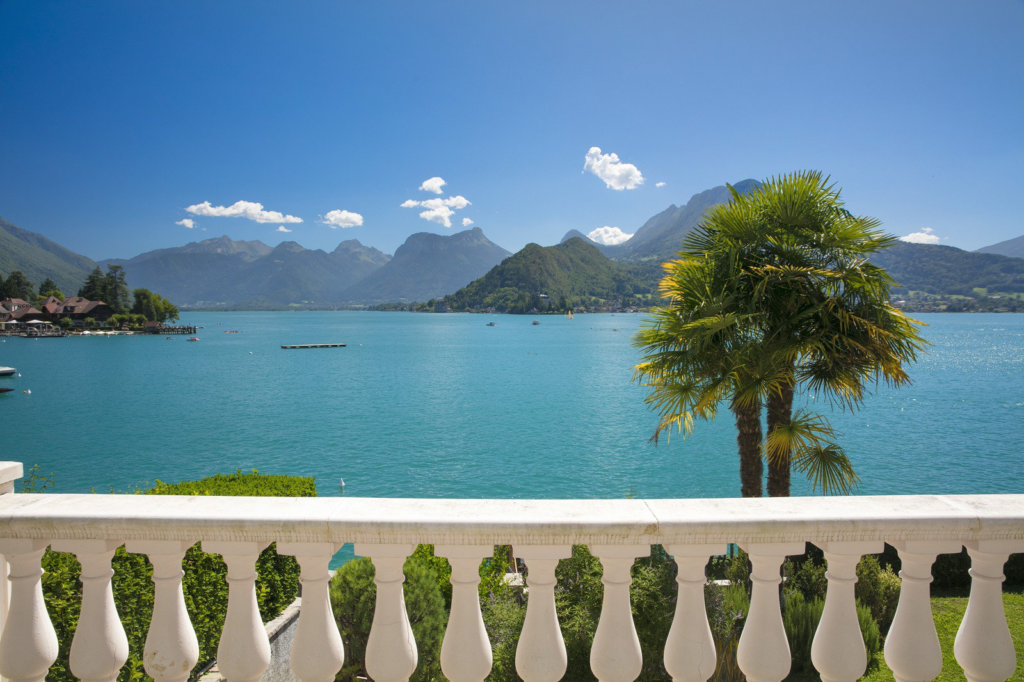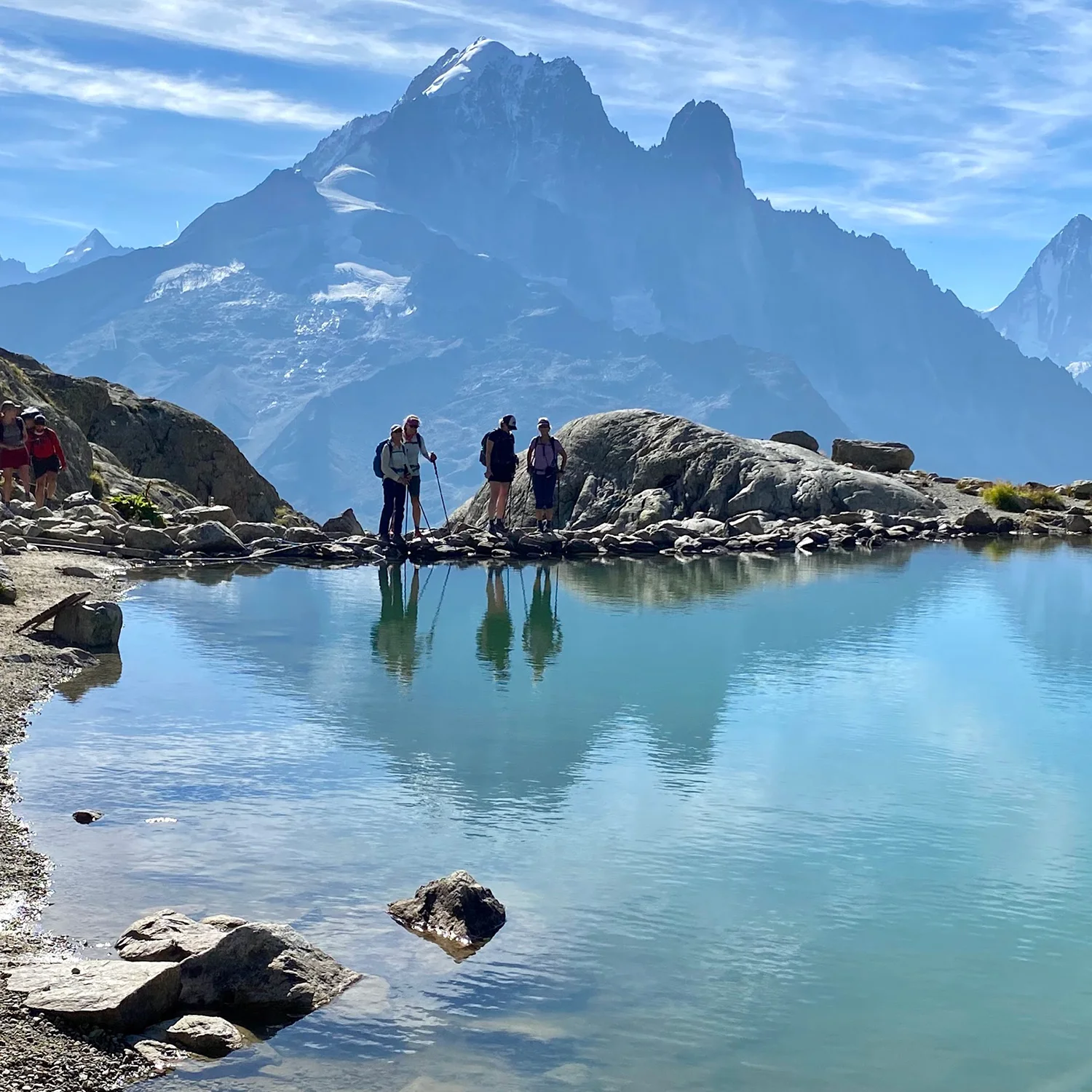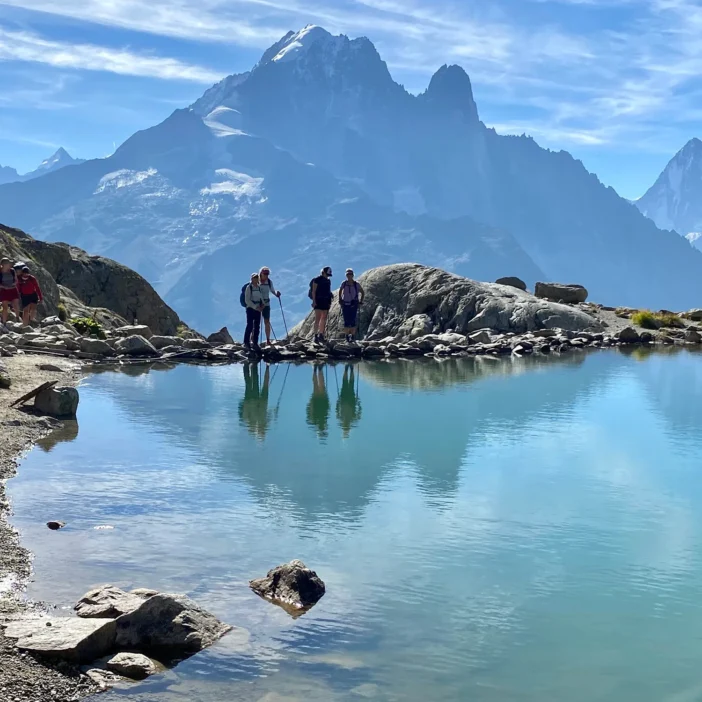Nestled in the heart of France, the Auvergne-Rhône-Alpes region is a treasure trove of natural beauty, offering a diverse landscape that ranges from volcanic massifs and majestic mountains to serene lakes and lush valleys. For travelers with a penchant for outdoor adventure or simply seeking the tranquility of nature, this region has an abundance of natural wonders waiting to be explored. From the peaks of the French Alps to the ancient volcanic lands of the Massif Central, Auvergne-Rhône-Alpes offers a journey through some of the most breathtaking landscapes in Europe.
In this article, we’ll take a tour of the region’s most awe-inspiring natural wonders, offering tips for travelers looking to experience the beauty of this diverse area firsthand.
1. The French Alps: Mont Blanc and Beyond
No trip to Auvergne-Rhône-Alpes is complete without venturing into the French Alps, one of the world’s most famous mountain ranges. The crown jewel of the Alps is Mont Blanc, the highest peak in Western Europe, standing at 4,808 meters (15,774 feet). Whether you’re a seasoned mountaineer or simply an admirer of rugged beauty, Mont Blanc offers a striking presence that dominates the skyline.
For adventurers, the Vallée Blanche provides an unforgettable experience. This 20-kilometer (12-mile) glacier descent from Aiguille du Midi is not for the faint of heart but rewards skiers and snowboarders with some of the most stunning panoramic views in the Alps. Even non-skiers can take the Aiguille du Midi cable car to enjoy the breathtaking views of the mountain’s snow-capped peaks.
In summer, Mont Blanc is a paradise for hikers and climbers. The Tour du Mont Blanc is one of Europe’s most iconic hiking routes, circling the Mont Blanc massif and passing through France, Italy, and Switzerland. The trek takes about 10 days and offers a chance to experience alpine meadows, glacial valleys, and picturesque mountain villages.
2. Lake Annecy: The Jewel of the Alps
Just a short distance from the French Alps lies the stunning Lake Annecy, often referred to as the “Pearl of the French Alps.” Known for its crystal-clear waters, Lake Annecy is one of the cleanest lakes in Europe, thanks to strict environmental regulations that protect its pristine beauty.

Surrounded by the snow-capped mountains of the Alps, the lake offers a tranquil escape for travelers. The town of Annecy, with its charming medieval streets, colorful houses, and flower-lined canals, serves as the perfect base for exploring the lake. Visitors can enjoy a leisurely boat ride or rent kayaks to explore the lake’s many secluded coves. In the summer, the lake’s beaches become a haven for swimming and picnicking.
Cycling enthusiasts will find the Lake Annecy cycle path to be a delight. This 40-kilometer (25-mile) route runs along the lake’s edge, offering spectacular views of the water and surrounding mountains.
For a more adventurous experience, head to the Semnoz Plateau, located just a short drive from Annecy. The plateau offers hiking trails and paragliding opportunities, giving travelers the chance to soar above the lake and take in the region’s stunning landscapes from a bird’s-eye view.
3. Vercors Massif: A Nature Lover’s Paradise
The Vercors Massif is a limestone plateau situated between the Isère and Drôme rivers, offering a rugged landscape of deep gorges, towering cliffs, and expansive plateaus. This region is a haven for nature lovers and outdoor enthusiasts, with endless opportunities for hiking, climbing, and wildlife watching.
The Vercors Regional Natural Park is home to a rich variety of flora and fauna, including wild boar, deer, and golden eagles. The park’s well-maintained trails offer something for every level of hiker, from gentle walks through flower-filled meadows to challenging ascents of limestone cliffs.
One of the most spectacular natural features of the Vercors is the Gorges de la Bourne, a deep canyon carved by the Bourne River. Driving through the gorge on the narrow, winding road is an exhilarating experience, with the cliffs rising steeply on either side. For those who prefer to explore on foot, there are numerous walking trails that take you through the gorge, offering breathtaking views of waterfalls and rock formations.

Another must-see natural wonder in the Vercors is the Combe Laval, a dramatic road carved into the cliffs that offers vertigo-inducing views of the valley below. The road is popular with cyclists and offers an unforgettable ride through some of the most spectacular scenery in the region.
4. Volcanoes of the Massif Central: Chaîne des Puys
The Chaîne des Puys is a volcanic mountain range located in the northern part of the Massif Central, a region known for its ancient volcanic activity. This UNESCO World Heritage site is home to over 80 dormant volcanoes, the most famous of which is the Puy de Dôme, which stands 1,465 meters (4,806 feet) tall.
The Puy de Dôme is one of the most accessible volcanoes in the region, with a train that takes visitors to the summit, offering panoramic views of the surrounding volcanic landscape. For those who prefer a more active approach, there are hiking trails that lead to the top, passing through forests and meadows along the way.
At the summit, travelers can explore the ruins of an ancient Roman temple dedicated to Mercury, as well as take in the breathtaking views of the other volcanic peaks that make up the Chaîne des Puys. The sight of these perfectly rounded, grass-covered volcanoes is unlike anything else in France and offers a glimpse into the region’s geological past.
For those looking to delve deeper into the region’s volcanic history, a visit to the Vulcania theme park is a must. Located near Clermont-Ferrand, Vulcania offers interactive exhibits and multimedia presentations that explain the volcanic origins of the Massif Central and the science behind volcanoes.
5. Gorges de l’Ardèche: The Grand Canyon of France
The Gorges de l’Ardèche is often referred to as the “Grand Canyon of France” for its dramatic limestone cliffs that plunge into the Ardèche River below. This stunning natural wonder is located in the southern part of the region and is a popular destination for canoeing, kayaking, and hiking.
One of the best ways to experience the gorges is by canoeing or kayaking down the Ardèche River. The 30-kilometer (19-mile) stretch of river that runs through the gorge offers a thrilling ride through some of the most spectacular scenery in France. Along the way, you’ll pass under natural rock arches, including the famous Pont d’Arc, a 60-meter (197-foot) natural bridge that spans the river.

For hikers, the Sentier des Gorges de l’Ardèche offers a challenging but rewarding trek along the rim of the gorge. The trail offers panoramic views of the river below and the towering cliffs that line its banks. The area is also home to several prehistoric caves, including the Chauvet-Pont d’Arc Cave, which contains some of the oldest known cave paintings in the world. While the original cave is closed to the public, a replica of the cave can be visited, offering a fascinating glimpse into the lives of the region’s ancient inhabitants.
6. Lac du Bourget: France’s Largest Natural Lake
Located in the Savoie region, Lac du Bourget is the largest natural lake in France, surrounded by forested hills and dramatic cliffs. The lake’s deep blue waters are ideal for swimming, sailing, and fishing, making it a popular destination for water sports enthusiasts.
The town of Aix-les-Bains, situated on the eastern shore of the lake, is a renowned spa town known for its thermal baths and elegant Belle Époque architecture. Aix-les-Bains makes for an excellent base for exploring Lac du Bourget, with plenty of options for boat tours and water sports.
For those looking to explore the area on foot, the Mont Revard offers hiking trails with stunning views of the lake and the surrounding mountains. The summit of Mont Revard is also a popular spot for paragliding, offering a thrilling way to take in the beauty of the region from above.
The western shore of Lac du Bourget is dominated by the Dent du Chat mountain range, which offers a more rugged landscape for hiking and climbing. The mountain’s jagged peaks and dense forests provide a striking contrast to the serene waters of the lake below.
7. Chartreuse Mountains: Hidden Gems of the Alps
Tucked away between Grenoble and Chambéry, the Chartreuse Mountains are one of the lesser-known gems of the Auvergne-Rhône-Alpes region. This limestone range is known for its rugged beauty, with steep cliffs, deep gorges, and dense forests that offer a peaceful escape from the more tourist-heavy areas of the Alps.
The Chartreuse Regional Natural Park is home to a network of hiking trails that take visitors through some of the most picturesque landscapes in the region. One of the most popular hikes is the ascent of the Chamechaude, the highest peak in the Chartreuse Mountains, which offers panoramic views of the surrounding valleys and peaks.

The region is also famous for its eponymous liqueur, Chartreuse, which is made by monks at the Grande Chartreuse Monastery. While the monastery itself is closed to visitors, travelers can visit the Chartreuse Museum to learn more about the history of the liqueur and the monastic order that produces it.
Auvergne-Rhône-Alpes
Whether you’re drawn to the dramatic peaks of the Alps, the tranquil waters of Lac du Bourget, or the ancient volcanic landscapes of the Massif Central, Auvergne-Rhône-Alpes offers a wealth of natural wonders that cater to every type of traveler. This diverse region is a paradise for outdoor enthusiasts, offering countless opportunities for hiking, climbing, skiing, and water sports, all set against some of the most breathtaking scenery in France.

